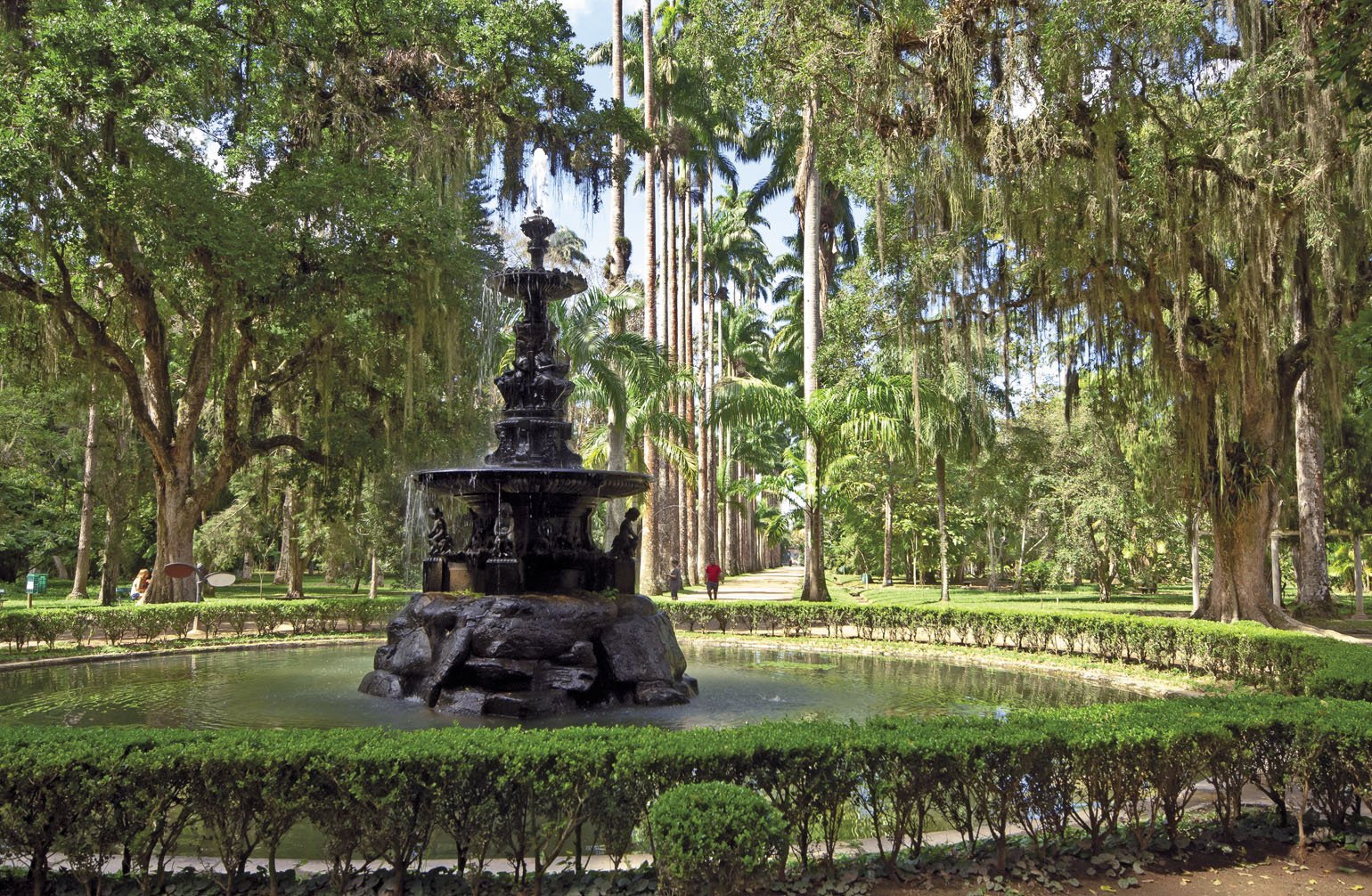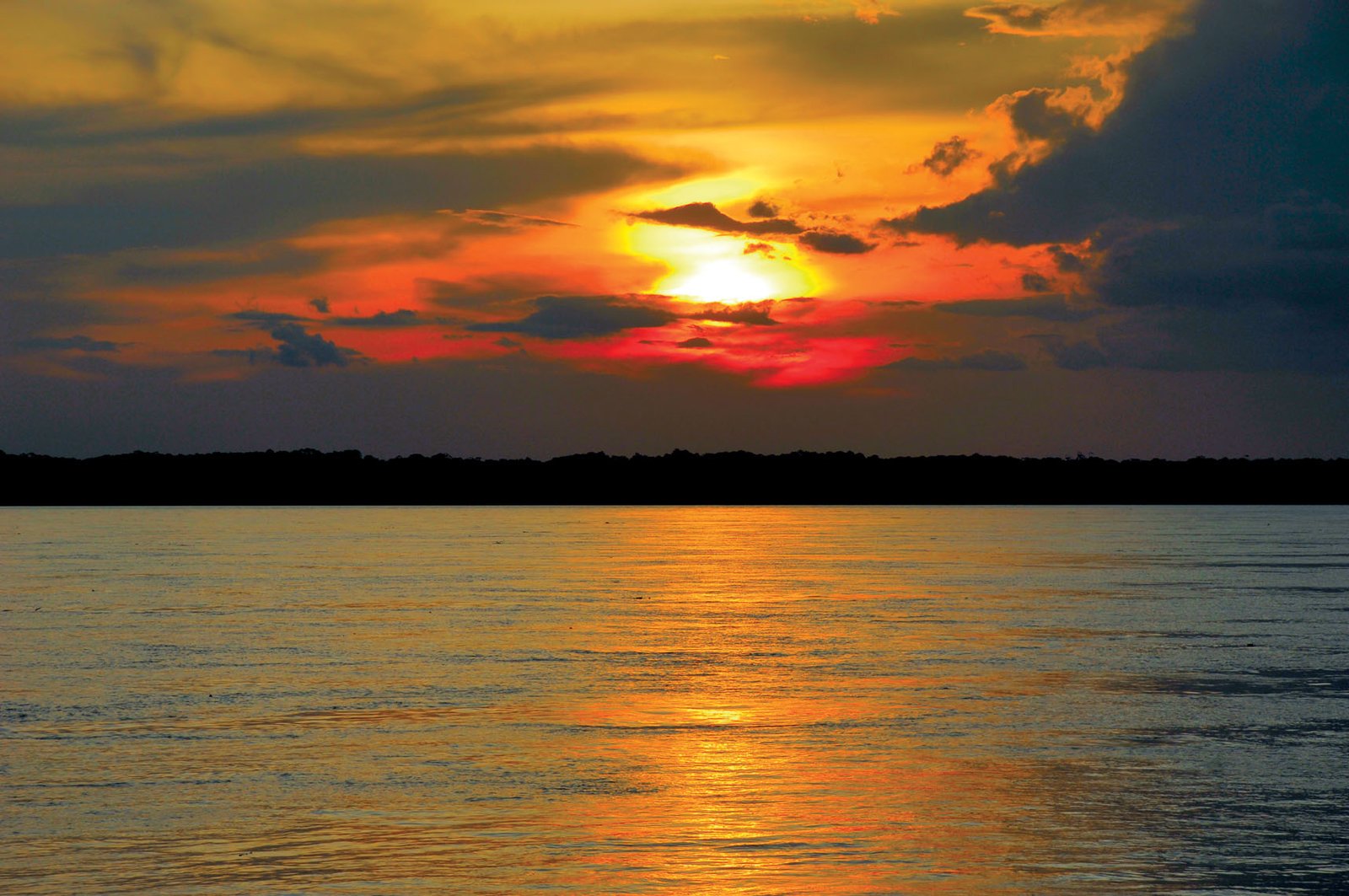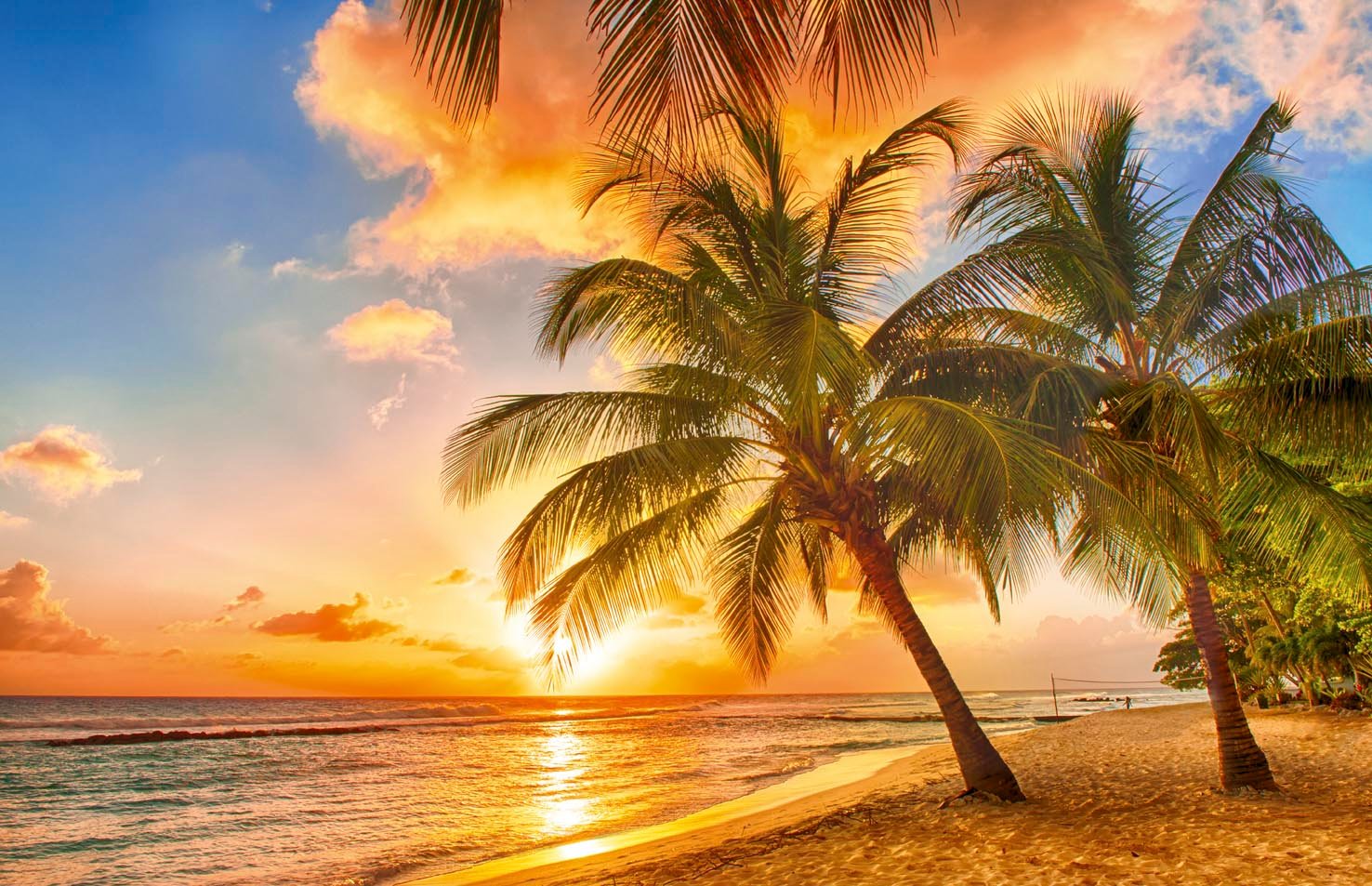

Simply Barbados…
Por: Mónica del Pilar Uribe Marín
Fotos: Demian Colman, Shutterstock
I spent only four days in this enchanting land that sears itself into your memory, but I can confirm that every beach, every place, every story is part of a voyage of perpetual discovery made under the spell of history, the people, and the island.
There is much to experience in the 166 square miles of Barbados: it has myriad beaches that vary in style and a crystalline sea of blue and green where people dart about on boats, boards, or by muscle power. Barbados also abounds in laughter, affection, joy, music, beautiful sunrises and sunsets, exuberant vegetation, and colorful houses, streets, and plantations. There are architectural constructions and settings that fascinate tourists, along with modest buildings, chattel houses (small moveable wooden houses), and road tennis (a paddle game played on a small court marked on the pavement), as well as a world of luxury and perfection. There is yet another world in which history has forged the character of Barbadians, their wonderful cuisine, their pride in their past, their customs, their rhythm, and even their daily lives.
This is why any conversation about the “best of Barbados” would never end. To get you started, we suggest some must-see places that will dazzle and enchant you.

Bridgetown
This is the capital of Barbados, also known as The Town of Saint Michael after the parish of the same name. It offers an excellent distillation of the island’s British-African symbiosis. The Colonial legacy is reflected in the names and architecture of streets and places. Buildings, commercial establishments, banks, and offices sound a modern note, while narrow streets, small English-style houses, and multi-cultural neighborhoods hew to tradition. Bridgetown is the departure point for short cruises along the Constitution River, which splits the city in two. Here you’ll find street vendors, shops in every price range, restaurants offering a variety of cuisines, spaces jam-packed with businesses of all kinds, temples representing different religions (Anglicanism, Islam, Judaism, Catholicism and Protestantism), cultural centers, clubs, cinemas and theaters, both deluxe and unassuming hotels, and quiet, buzzing, orderly, chaotic, or colorful streets.
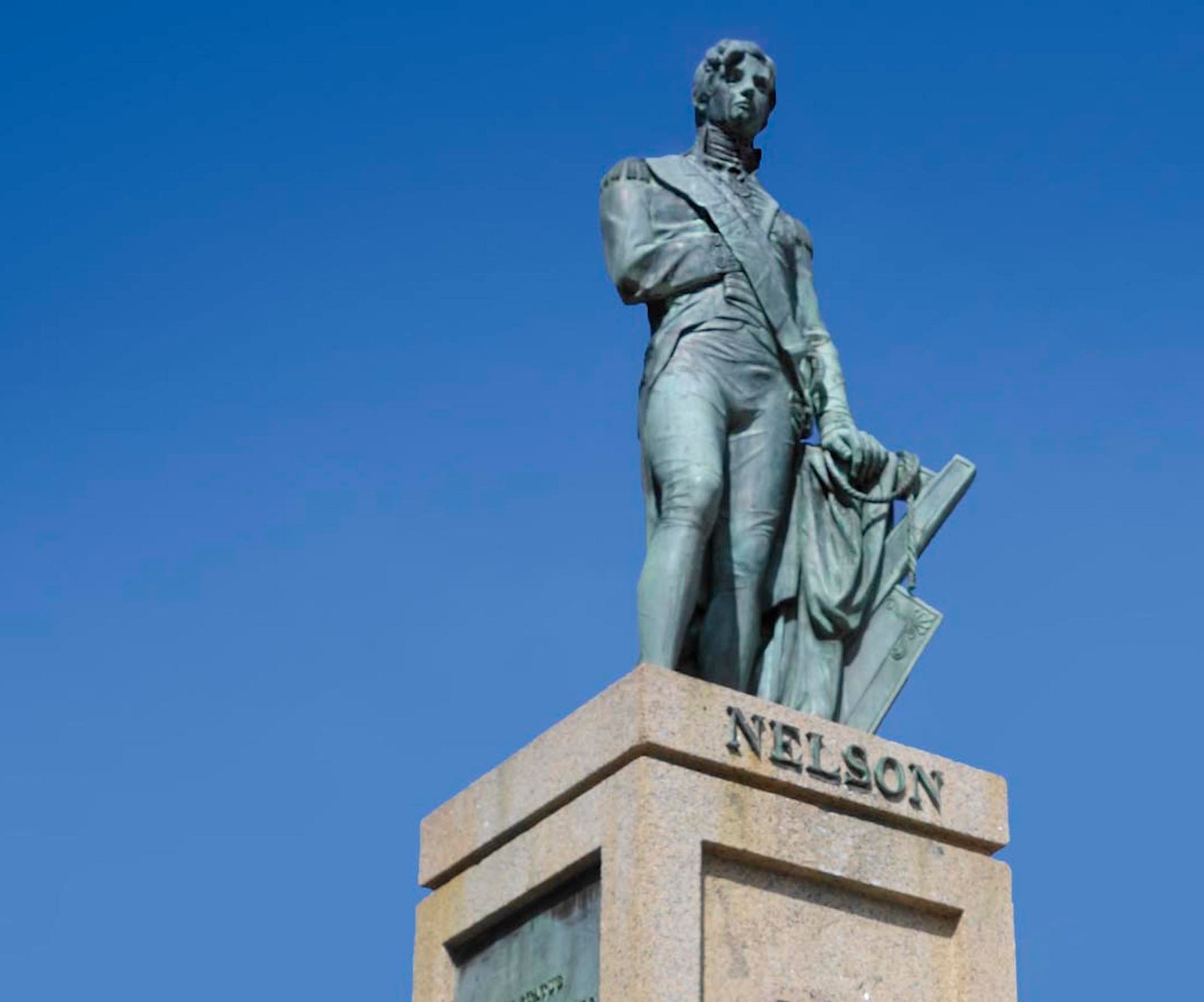

Admiral Nelson and Trafalgar Square
Visitors to Bridgetown can take walking tours to see the Chamberlain Bridge, the Independence Arch, the synagogue, George Washington’s house, the monument to Barbadians killed during the war, the Dolphin monument that commemorates the arrival of piped water to the city, and other sites where British influence is evident. For example —just like in London’s Trafalgar Square— there stands a monument to British Admiral and hero Horatio Nelson in Bridgetown at the top of Broad Street in National Heroes Square (called Trafalgar Square until 1999).


The Houses of Parliament
This is the home of the island’s legislature, modeled on the British parliament, with upper and lower chambers, the same political parties as Britain, and Queen Elizabeth II as the head of state. Located in Parliament Square, the two beautiful neo-Gothic stone buildings were constructed in 1871 with stately chambers, stained-glass windows, flawless hallways, and elegant rooms. On the west side sit the National Heroes Gallery, the Parliament Museum, and the Clock Tower. The east side is where you will find the Senate and House of Assembly buildings. Everything is under the watchful eye of the statue of Sir William Conrad Reeves at the entrance to the complex.
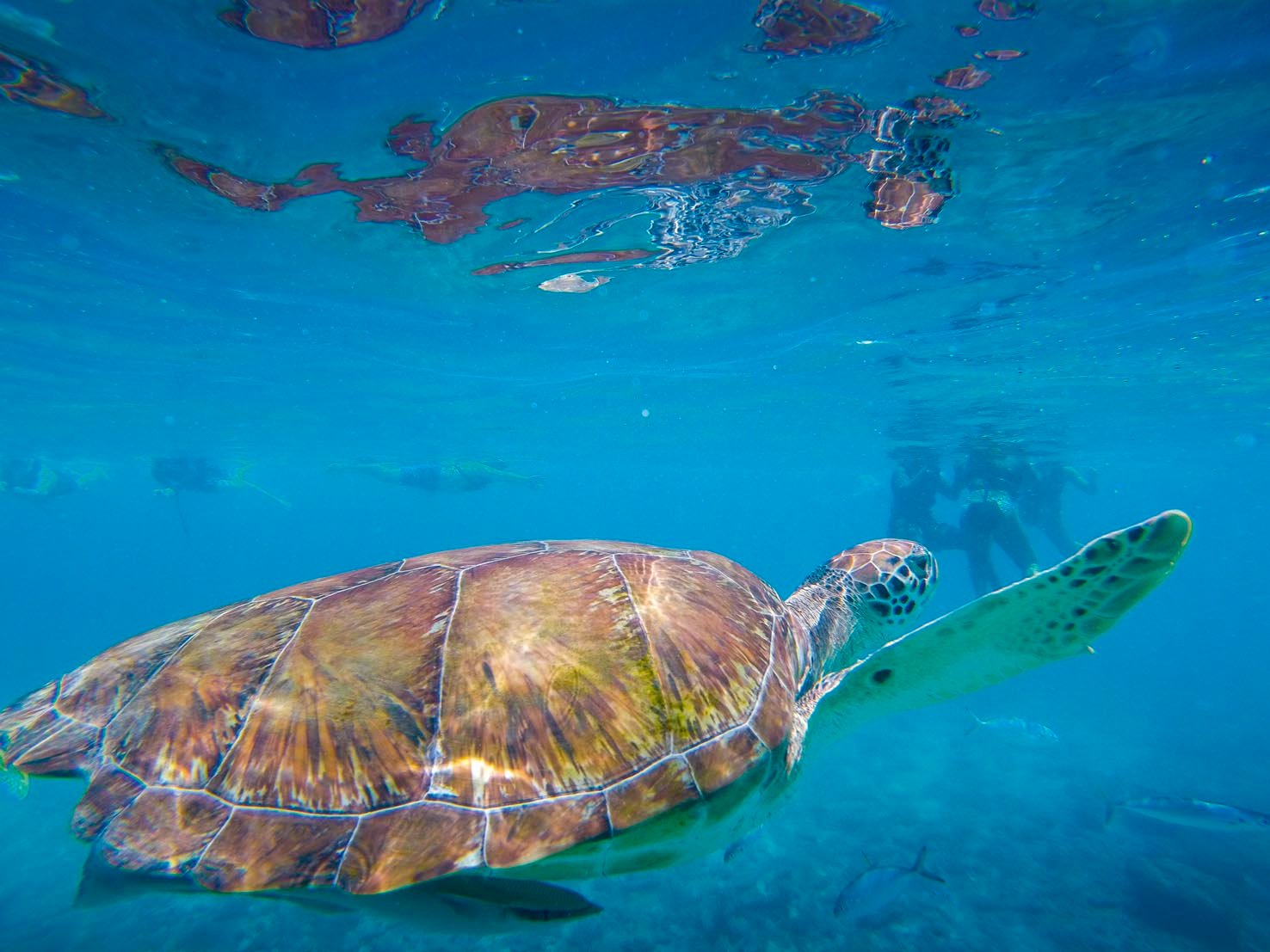

Cruises and Turtles
Cruises last from two to five hours. Our five-hour cruise departs from Shallow Draught, where boats large and small drop anchor. We board a catamaran and the distinctive —and stable— hull proceeds smoothly, as does everything else: the guides’ descriptions, the breakfast with juice, fruit, and toast, the music, the sunbathers soaking up the rays, and our views of coral reefs and marine life through the stunningly transparent waters. We make three stops, one to dive and commune with turtles in their habitat, one to swim, and one last stop to stroll along the beach. About half an hour later, we take photos and head back to the boat for a traditional lunch buffet consisting of potatoes, fish, chicken, dessert, and more. We spend hours traversing not just the sea, but also the island on this comprehensive cruise that helps us understand why the Caribbean has a rhythm and beauty all its own. A splendid day.


Carlisle Bay
The guide told us that people are willing to walk more than a mile into the historic center of Bridgetown and it is easy to see why. On that beach (a very representative beach, I would say) you don’t even notice the walk, since so many things compete for your attention, creating a view that changes every few feet: some people sit and contemplate the sea, some picnic, and office workers watch the waves or read the instructions on how to protect the turtles. There are markets of all kinds selling every sort of trinket and travel necessity, restaurants, families picnicking, lone individuals reading on the sand, people taking off their shoes to wade in and see the turtles, divers, and people kayaking, sailing, and playing tennis around this half-moon bay that is popular with both residents and visitors.


St. Lawrence Gap
A mile-long street marks the beginning and end of one of the liveliest and most happening spots on the island. Located in the southerly parish of Christ Church, The Gap (as it is popularly known) seems to have it all: markets, discos, restaurants, rum shops, cafés, luxury hotels, modest hostels, domino tables, handicraft stores, and indoor and outdoor restaurants, some with their own specialties such as curried chicken, lobster, pepperpot (spicy meat stew), or breadfruit. The real party scene (usually in the West End) begins at eleven at night and ends at three in the morning. Of course, since all the businesses open earlier, the street is thronged with people strolling or sitting and enjoying a drink. A certain calm prevails in the East End, perhaps because that is where the hotels, hostels, and condos are concentrated.


Animal Flower Cave
A fascinating cave located under the cliffs of North Point in the parish of Saint Lucy. The steep coral steps of the stairway, built in 1912, lead to a series of caverns sculpted by time, Atlantic waves, and rains. Once inside, visitors marvel at the intricate and wild passage through stalactites and walls in multiple shades of green, the waves pounding the rocks, and the curious way the anemones —which give the cave its name— open and close. In the last grotto, you can swim in a natural pool some 8 feet deep. In winter, humpback whales put on a show that can be seen from the cave entrance. The adventure continues outside with handicraft stalls, restaurants, bars, an observation point for bird and whale watching, and even a children’s area.


Barbados Museum & Historical Society
This UNESCO world heritage site sits about two miles from Bridgetown in the parish of Saint Michael. The ancient structures are steeped in the history of Barbados and the former military prison of St. Ann’s Garrison, which came to house this museum in 1933. The museum features nearly 500,000 pieces from different eras, giving visitors an idea of the nuances of Barbadian history and culture. The site —finished in 1853— is interesting partly because this was once a military garrison of the British Empire; the hallways, galleries, cells, and outfits allow visitors to understand the meaning of this place. The vivid exhibits represent the past at a more emotional level than the old maps, paintings, documents, and photographs also on display. The library contains information on the West Indies and the island’s history and genealogies.


Rum Shops
Rums shops represent the nature of the islanders as much as reggae, dominoes, or road tennis. Some are simple, while others are home distilleries. All offer a variety of regional rums sold in bottles of all sizes. The rum can be enjoyed from tumblers, crystal glasses, or straight from the bottle. Distinctions among social classes blur here: the farmhand and the landowner, the bajan (native of Barbados) and the magnate play dominoes, listen to reggae, talk about cricket, and eat home-style food. Labels explain the history of the island, slavery, families, and people who made a name for themselves. Some offer only rum and dominoes while others sell souvenirs, coffee, and exquisite delicacies and other foodstuffs. There are said to be more than 10,000 rum shops on the island; they are found in all neighborhoods, regardless of economic class. Some are famous, some are built of wood, some feature striking design in concrete. All of them encapsulate the island’s heritage.
How to Get There
Copa Airlines offers two flights a week to and from Bridgetown (Barbados), from North, Central, and South America and the Caribbean through its Hub of the Americas in Panama City.
